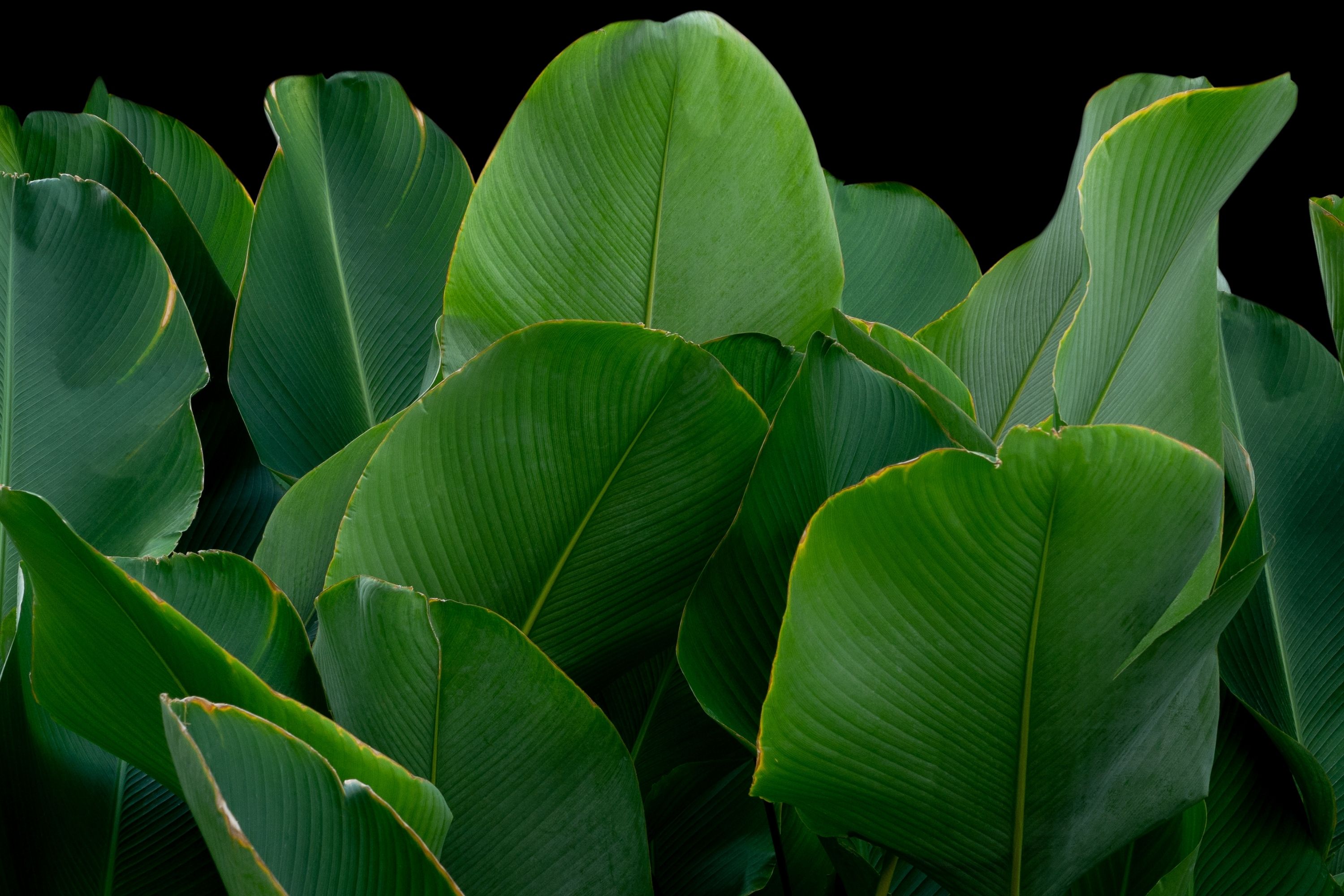Pampano
(Calathea lutea)

Description
Calathea lutea is a species of Liliopsida first described by Jean Baptiste Christophe Fusée Aublet, and given its simplified Asian name by Ernst Meyer and Schult. Calathea lutea belongs to the genus Calathea, and the family Marantaceae. None of these subspecies are listed. Calathea is a genus of flowering plants belonging to the family Marantaceae. They are commonly called calatheas or (like their relatives) prayer plants. About 200 species formerly assigned to Calathea are now in the genus Goeppertia. Calathea currently contains around 60 species. Native to the tropical Americas, many of the species are popular as pot plants due to their decorative leaves and, in some species, colorful inflorescences. The young leaves and bracts can retain pools of water called phytotelmata, that provide habitat for many invertebrates. Calathea leaves are often large and colorfully patterned. The leaves are often variegated with bright colors such as pink, orange, red, and white. The underside of their leaves are frequently purple. During the night, the leaves fold up. In the morning, the leaves unfurl in search of the morning sun.This phenomenon, known as nyctinasty, is made possible by a small joint the plant possesses between the stem and leaf, called a pulvinus. Calathea flowers can be yellow, purple, and white and bloom in the summer. The flowers have an asymmetrical structure with three petals and three free sepals. Calathea bracts are often more attractive than its flowers.
Taxonomic tree:







